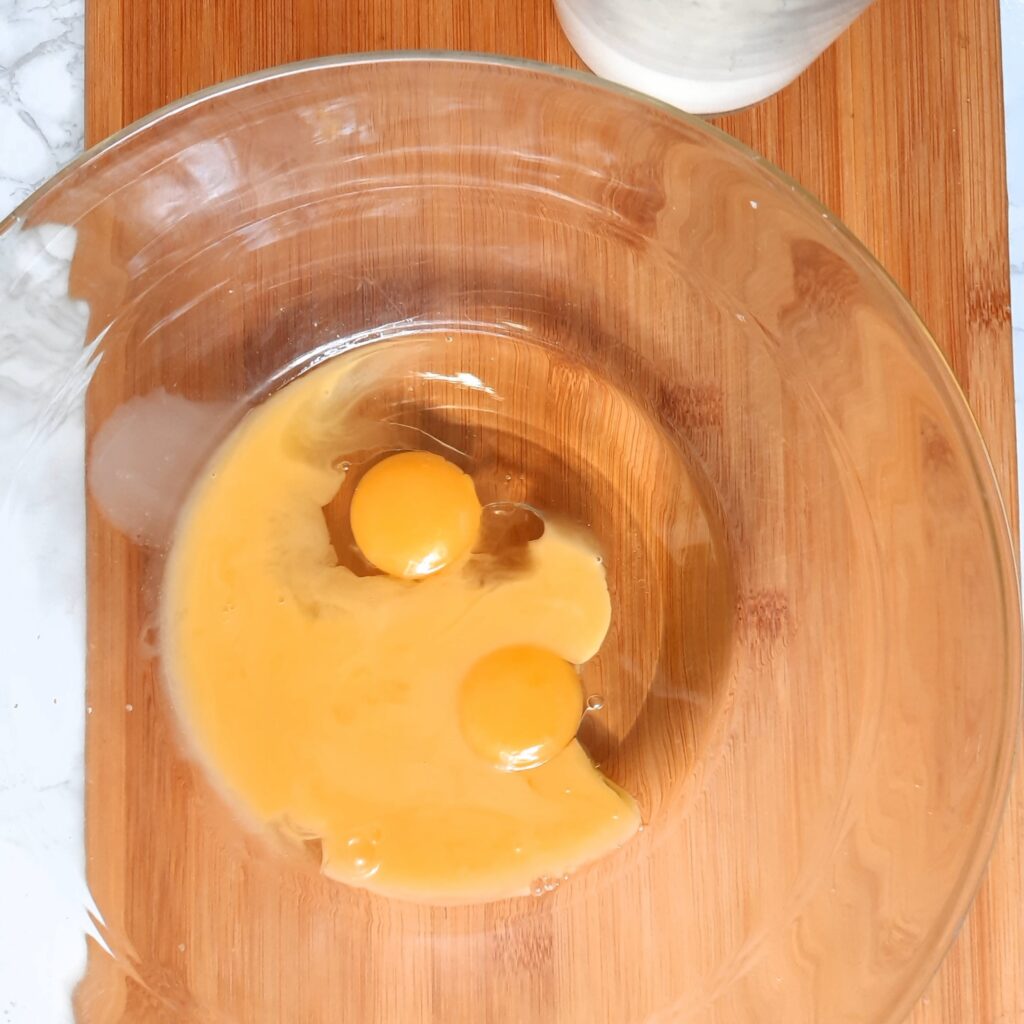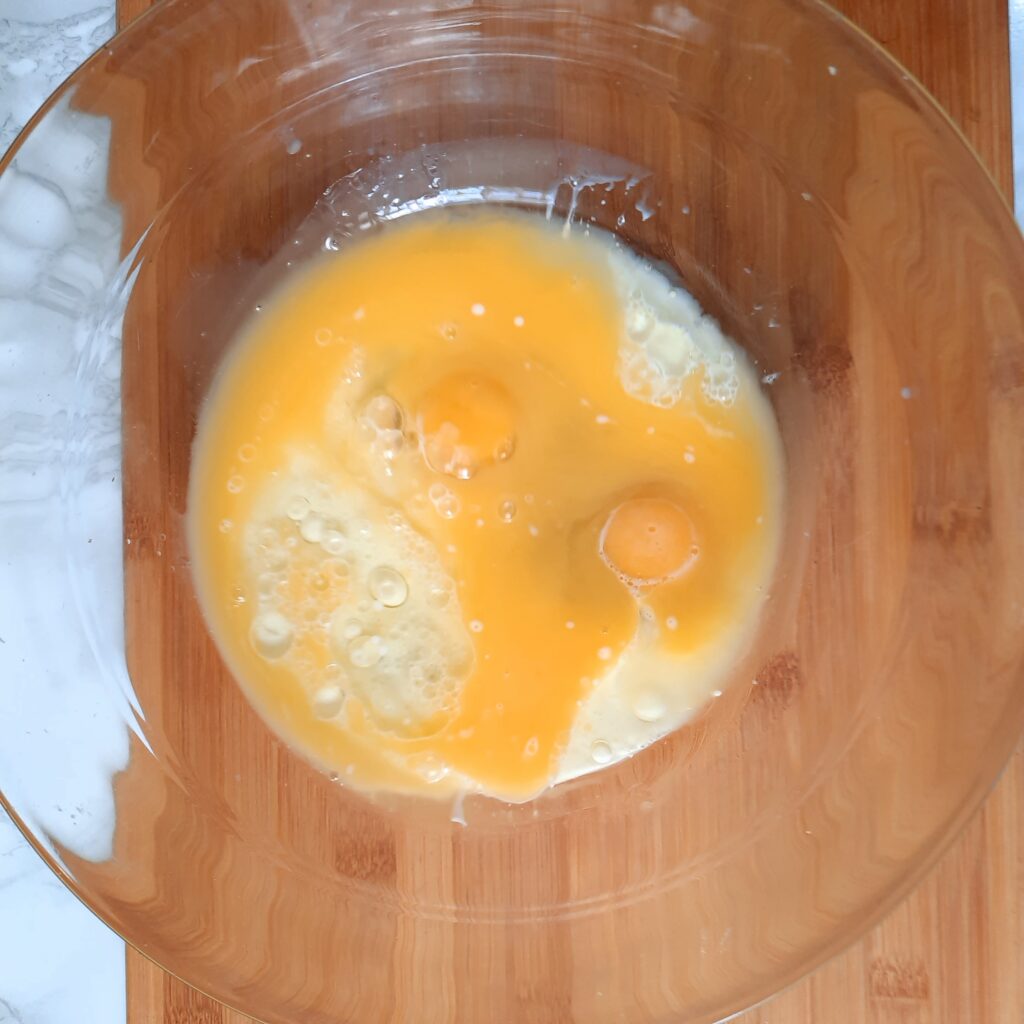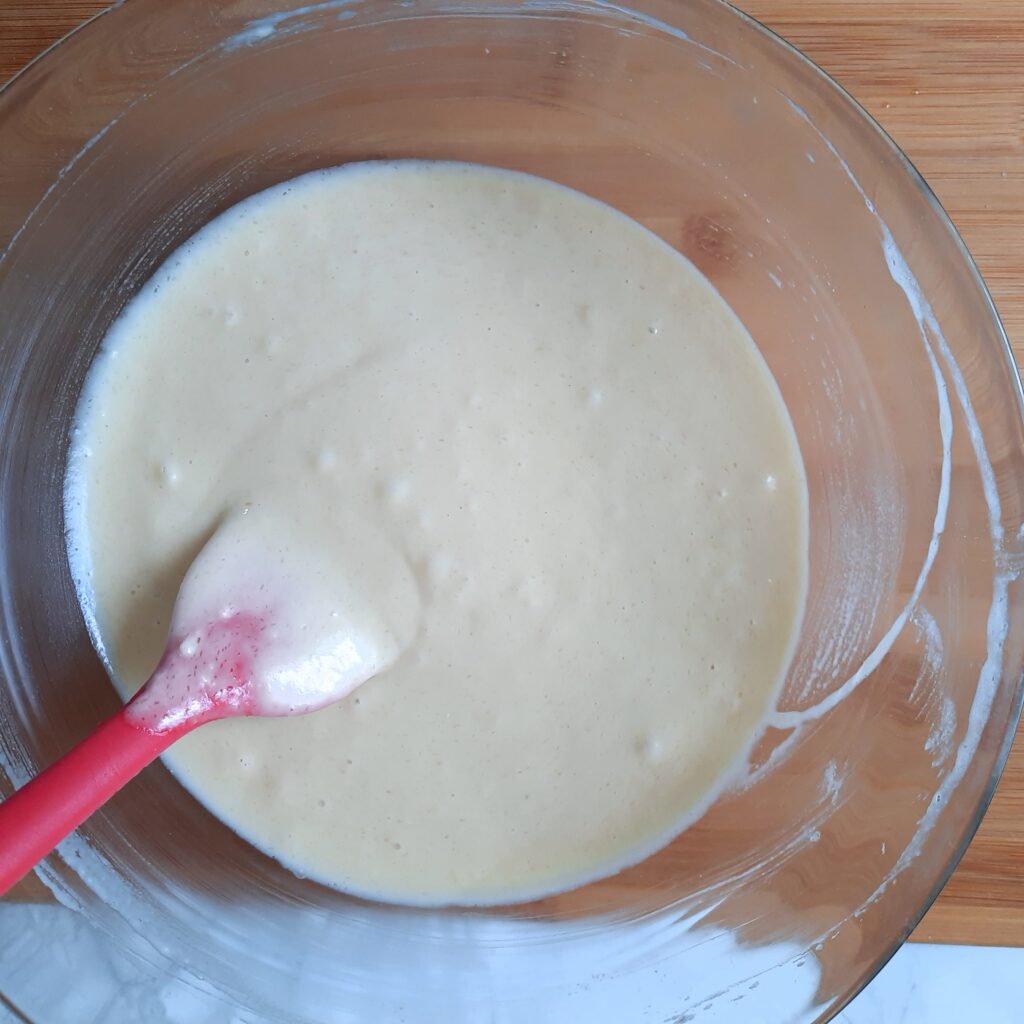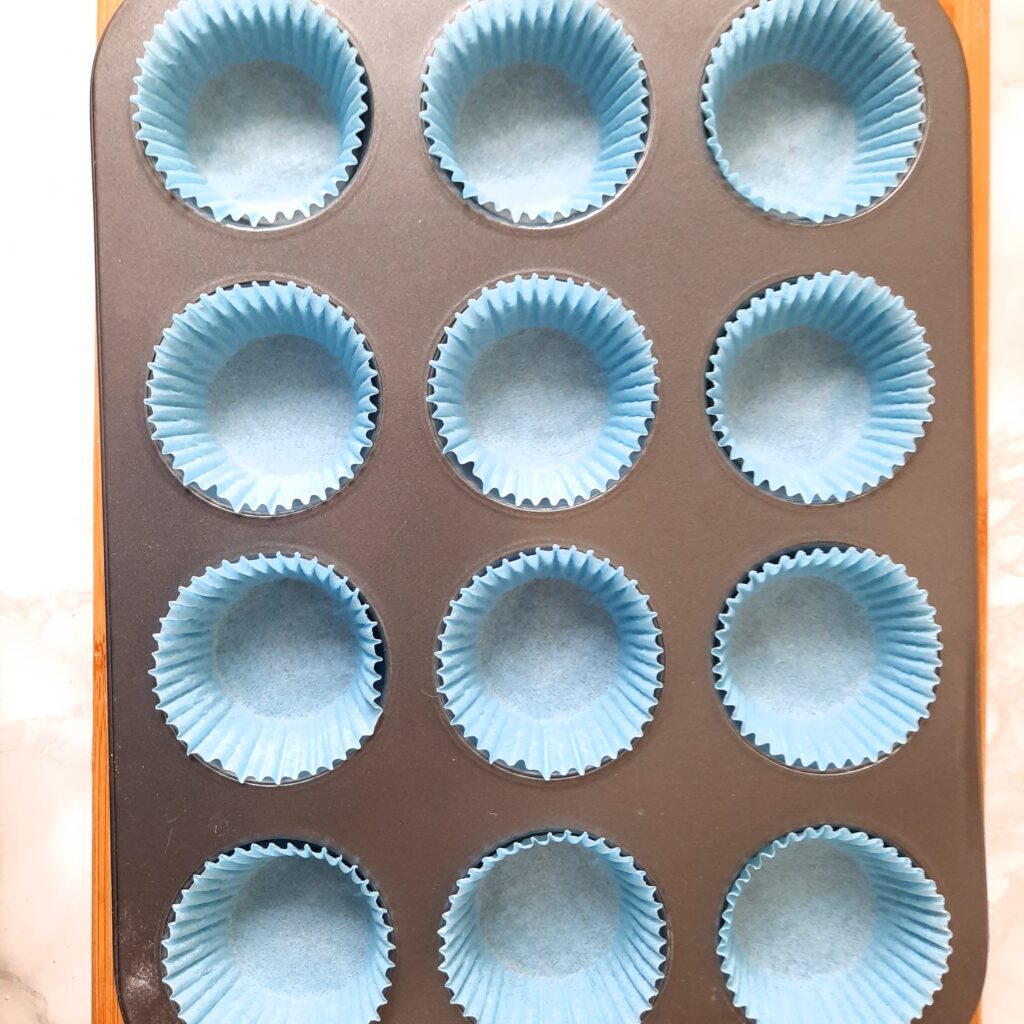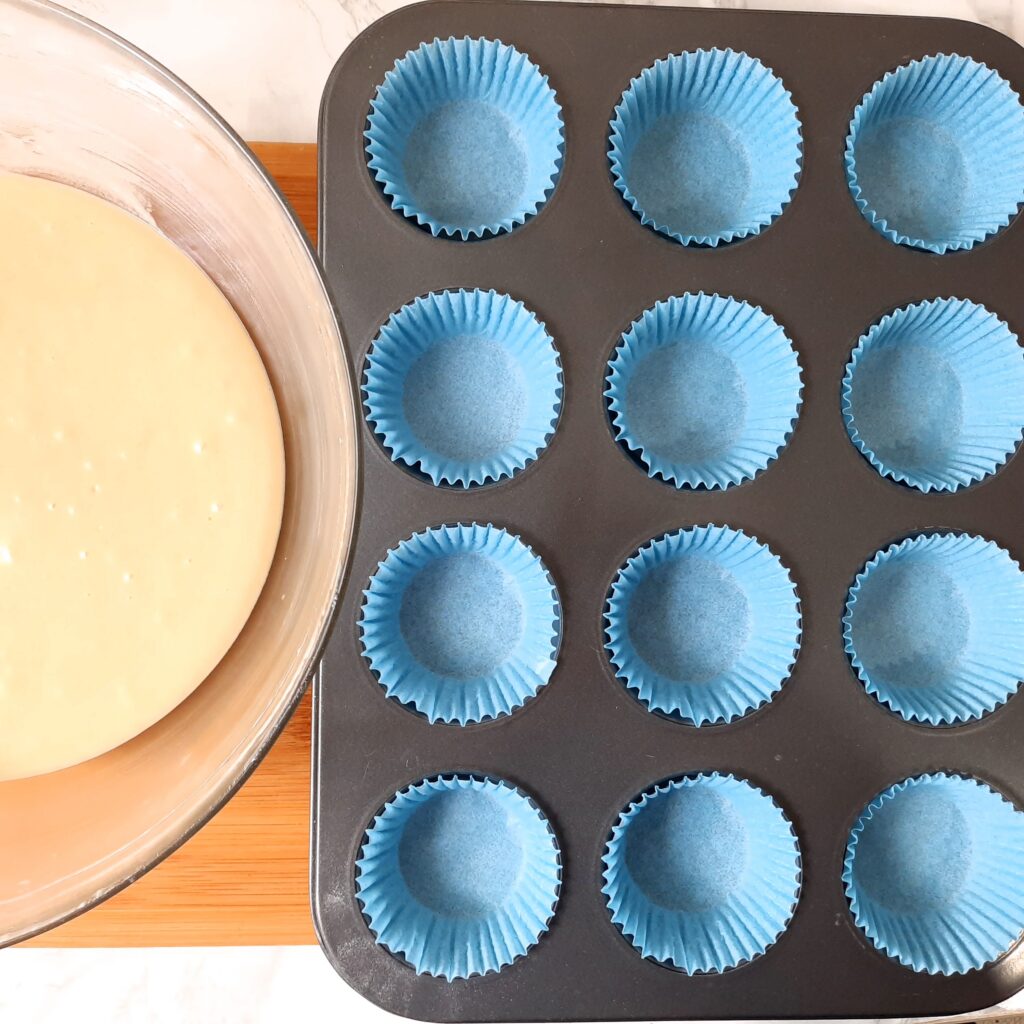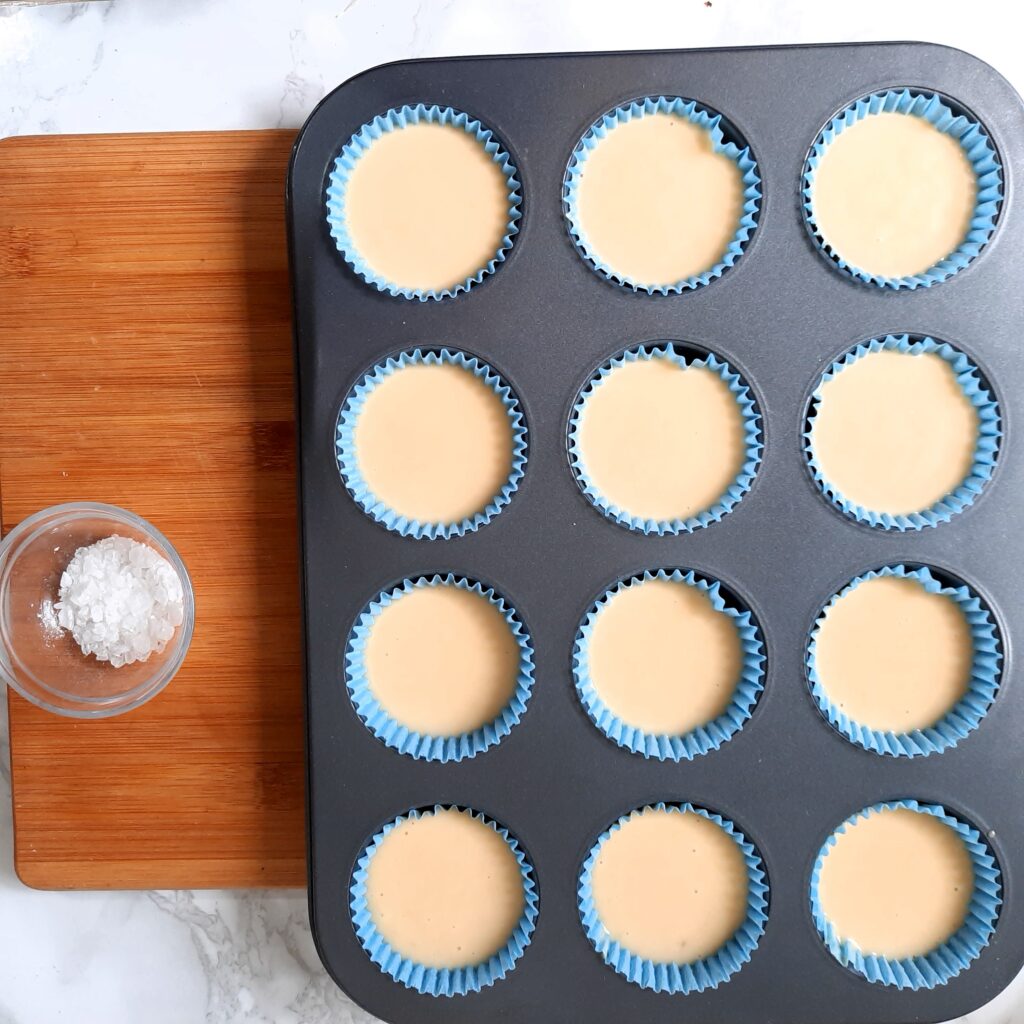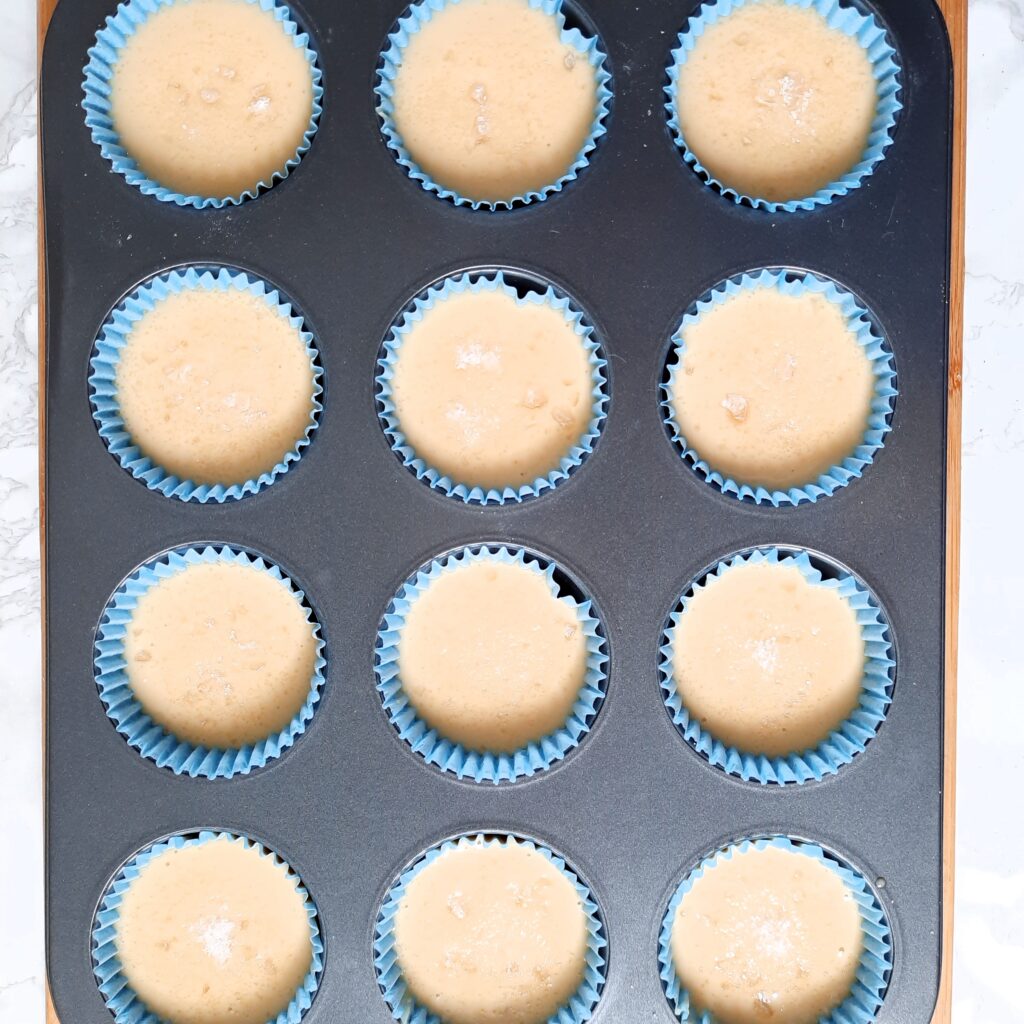Classic muffins, those small wonders emerging from American kitchens, embody the essence of homey indulgence. Soft and crumbly, these bite-sized treats strike the perfect balance of flour, sugar, baking powder, eggs, milk, and butter. Their iconic round shape, baked to perfection in a muffin tin, makes them both shareable and personal, offering a taste of nostalgia and tradition in every bite. In a world of culinary trends, muffins remain a simple yet timeless pleasure, reminding us that some things are best enjoyed in their pure, unadorned form.
Origin and history
The origin and history of classic muffins trace back to the early days of American baking. The term “muffin” has evolved over time and can refer to various types of baked goods in different parts of the world, but in the context of classic American muffins, the history is relatively recent.
The word “muffin” is first found in print in 1703, spelled “moofin”. It is of uncertain origin but possibly derived from the Low German “Muffen,” the plural of “Muffe,” meaning “small cake,” or possibly with some connection to the Old French “moufflet” meaning “soft,” as said of bread.
The “muffin” is thought to have originated in Britain, where it initially referred to a type of flatbread. However, in the United States, the concept of the modern muffin took shape in the 19th century. The first mention of muffins in American cookbooks appeared in the early 19th century, and these early recipes were often more savory and yeast-based.
It wasn’t until the mid-20th century that the sweet, quick-bread style muffins, resembling what we commonly enjoy today, gained popularity. This shift can be attributed to the introduction of baking powder and baking soda, which allowed for a quicker and more reliable leavening process compared to yeast. The use of individual molds, such as the muffin tin, also became more widespread.
In the latter half of the 20th century, the classic American muffin became a staple in home kitchens and gained even more popularity with the rise of convenience foods. As commercial mixes and pre-packaged muffins became widely available, the muffin cemented its status as a convenient and versatile baked good. The muffin’s adaptability to various flavors and additions further contributed to its enduring appeal.
Today, classic muffins are a ubiquitous part of American baking culture. They have transcended their humble beginnings to become a beloved treat enjoyed worldwide, with a rich history rooted in the evolution of baking techniques and the ever-changing tastes of consumers.
Tips and notes
Here are some tips for baking successful muffins:
- Start with fresh and high-quality ingredients. This includes fresh eggs, good-quality flour, and baking powder that is within its expiration date.
- Make sure you properly measure the flour before you begin. Don’t scoop the flour out of the container with the measuring cup. Flour compacts and you’ll end up with too much flour this way. Instead, fluff the flour with a fork and lightly spoon it into the measuring cup. Use the back of a knife to level off the cup.
- We used whole milk for the muffins but you can also use buttermilk. Buttermilk, sour cream or yogurt can be used in place of whole milk. If you wish to use yogurt, you’ll need to thin it with water first.
- The eggs and milk must be at room temperature. Set them out 30 minutes to 1 hour before you begin making the muffins.
- We’ve used a combination of oil and butter. You can use only butter, or you can use oil instead of butter to have a much softer texture. A neutral oil keeps the muffins moist in the middle without weighing them down. If you use butter, use melted butter that has cooled. It’s important to let it cool so it doesn’t scramble the eggs when you mix them.
- A Basic muffin batter shouldn’t be too sweet. A good rule of thumb is to use as much sugar as butter.
- A basic muffin recipe consists of mixing the dry ingredients in one bowl. The wet ingredients are mixed in another bowl. Then, the two are mixed together just until combined. Take care not to over-mix when combining the ingredients.
- The batter should be thick and “scoopable” — not runny and not dry or extra thick like dough. If the batter is too runny, add flour, a tablespoon at a time until the correct consistency. If the batter is dry or too thick, add milk, a tablespoon at a time until the proper consistency.
- Fill the muffin cups about two-thirds full to allow space for the muffins to rise without overflowing.
- To have sparkle and crunch on top, we’ve used Coarse Sugar.
- Most muffins bake between 350°F/375°F for the entire time. Setting the oven to 425°F initially and then lowering the temperature after 5 minutes guarantees muffins with tall, sugar-crusted, crackly tops.
- The muffins are done when a toothpick inserted into the center comes out with only a few moist crumbs attached.
- Feel free to experiment with different flavors and add-ins like chopped fruit (apple, pears, cherries, grapes, …), dried fruit (apricots, cranberries, apple, mango, …), nuts, and seeds… Here are some ideas:
- Blueberry Muffins: Add 1 cup of fresh blueberries.
- Chocolate Muffins: Add 1 cup of chocolate chips.
- Cranberry Orange Muffins: Replace ¼ cup of the milk with orange juice. Stir in 1 tablespoon of orange zest and fold in ¾ cup to 1 cup of fresh cranberries.
- Apple Cinnamon Muffins: Use brown sugar instead of white sugar. Add 1 teaspoon of ground cinnamon. Fold in ¾ cup to 1 cup of diced apples.
- Lemon Poppy Seed Muffins: Replace ¼ cup of the milk with fresh lemon juice. Stir in the zest of 1 lemon and 1 teaspoon of poppy seeds.
- Raisin Muffins: Add 1 cup of finely chopped raisins.
- Date Muffins: Add 1 cup of finely chopped dates.
- Cheese Muffins: Fold in 1 cup grated sharp yellow cheese.
- Bacon Muffins: Fold in ¼ cup crisp cooked bacon, broken into bits.
- Cinnamon & Nutmeg: Add 1 tsp of Cinnamon and a small pinch of nutmeg.
- Ginger Oatmeal Muffins: Add 1/2 cup fresh or frozen blueberries, 1/2 cup oats, and 1teaspoon of fresh ginger.
Serving
Muffins offer a versatile and delightful addition to various dining occasions. For a classic breakfast or brunch experience, serve warm muffins alongside a comforting cup of coffee or tea. Create a relaxed brunch spread by offering an array of muffin flavors, complemented by fresh fruit, yogurt, and granola.
As a convenient on-the-go snack, muffins are a portable option for busy days. Their serving size makes them easy to enjoy without any fuss. Enhance the flavor by spreading a pat of butter on a warm muffin or pairing it with fruit preserves, honey, or flavored cream cheese for an added touch of sweetness.
For a more indulgent treat, consider serving sweet muffins, like chocolate chip or blueberry, as a dessert. Add a scoop of ice cream or a dollop of whipped cream to elevate the experience. Alternatively, savory muffins, such as cornbread or cheese muffins, can serve as a delightful side dish when paired with soups, stews, or salads.
Variants
- French Madeleines;
- English Muffins;
- Cupcakes;
- Bran Muffins;
- Mexican Conchas;
- Danish Pastries;
- Japanese Anpan;
- …

Basic Muffin Recipe
Ingredients
- 250 g flour (2 cups)
- 100 g sugar (½ cup, we've used brown sugar)
- 8 g baking powder
- 10 g vanilla powder
- ½ tsp salt
- 2 eggs (large)
- 60 ml oil
- 60 g melted butter
- 150 ml milk
Decorating
- 2 tbsp coarse sugar
Instructions
- Preheat your oven to 375°F (190°C). Line a standard muffin tin with paper liners or grease the cups.
- In a large bowl, whisk together the flour, sugar, vanilla powder, baking powder, and salt. If you're using any optional add-ins like chocolate chips or berries, you can also toss them in flour to prevent them from sinking to the bottom of the muffins.
- In another bowl, whisk the wet ingredients: eggs, melted butter, oil, and milk until well combined.
- Gradually add the dry ingredients to the wet ingredients. Mix until just combined; do not overmix.
- Spoon the batter into the prepared muffin cups, filling each about two-thirds full.
- Sprinkle coarse sugar on top.
- Bake in the preheated oven for 20-25 minutes or until a toothpick inserted into the center comes out clean or with just a few crumbs attached.
- Allow the muffins to cool in the tin for a few minutes, then transfer them to a wire rack to cool completely.





